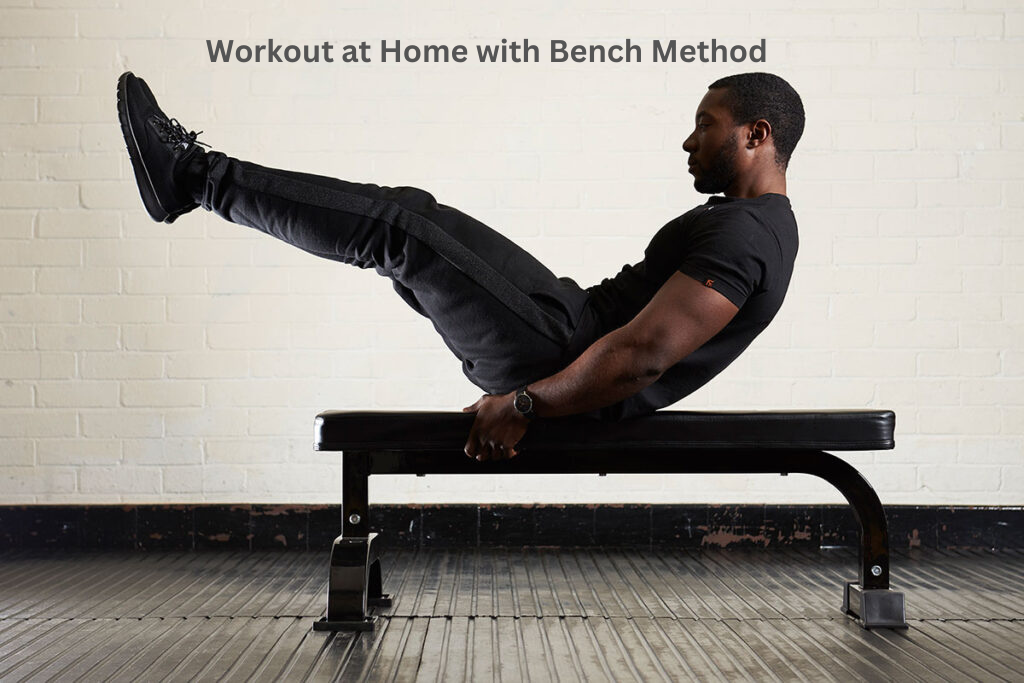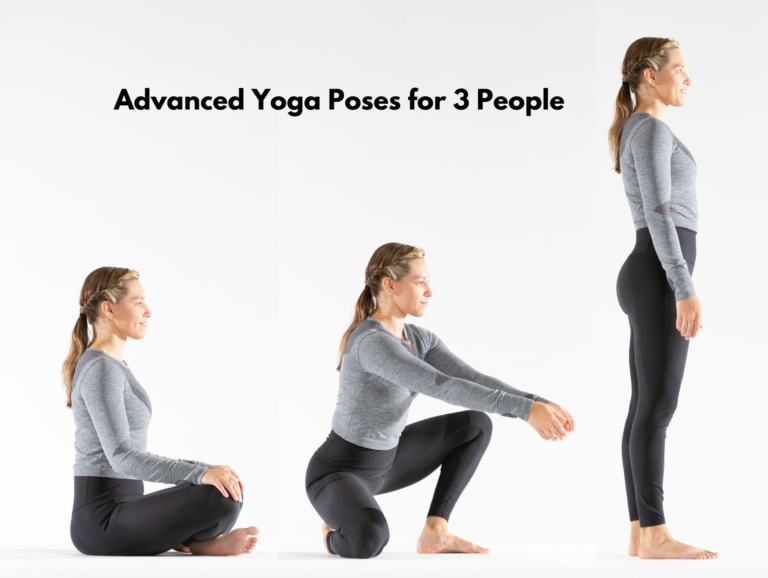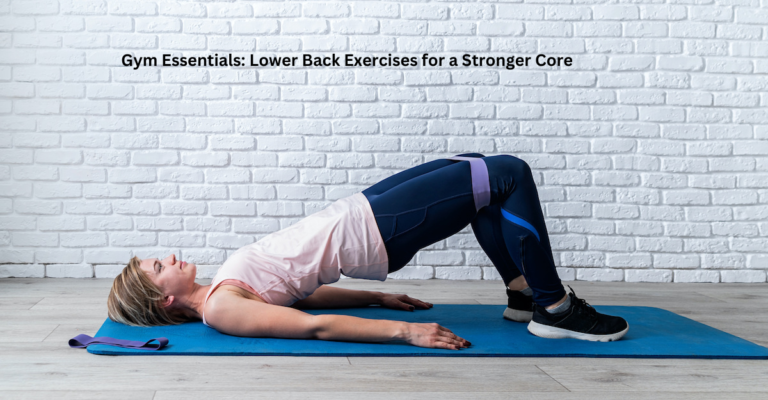Workout at Home with Bench Method
Utilize the Bench Method for a Home Workout
Home workouts are an appealing alternative due to the limited time available for consistent gym excursions in the contemporary lifestyle. The bench method is distinguished by its efficacy and adaptability among the numerous tools and techniques that are available for home fitness. This method employs a bench, a basic yet frequently disregarded piece of equipment, to execute a diverse array of exercises that concentrate on distinct muscle groups, providing a thorough workout at home with bench without the necessity of specialized equipment. The following is a comprehensive guide on how to integrate the bench method into your home exercise routine.
What is the rationale behind the Bench Method?
There are numerous reasons why the bench technique is particularly appealing:
Versatility: A bench is capable of accommodating a diverse array of exercises, including cardiovascular routines and strength training.
Space-saving: It is perfect for home gyms or tiny apartments, as it requires minimal space.
Accessibility: Benches are relatively inexpensive in comparison to other gym equipment.
Scalability: Exercises can be adjusted to accommodate varying fitness levels, rendering them appropriate for both novice and experienced users.
Configuring Your Home Workout Area
Prior to commencing the exercises, verify that you possess an appropriate bench. It is not necessary for the bench to be a specialized exercise bench; a sturdy coffee table or step bench will suffice. Stability and a flat surface are essential. Furthermore, the addition of a yoga mat, a resistance band, and a pair of dumbbells can improve the quality of your routines.
Routine for Warming Up
A suitable warm-up is crucial for the preparation of the body for exercise and the prevention of injuries. A brief warm-up routine that lasts between five and ten minutes is as follows:
- Two minutes of jumping jacks
- Arm Circles: One minute (30 seconds in each direction)
- Two minutes of high knees
- Dynamic Stretches: One minute (concentrate on the back, arms, and thighs)
- Workout for the Entire Body Utilizing the Bench Method
1. Bench Push-Ups
Muscles of Interest: Core, triceps, shoulders, and chest.
Directions:
- Maintain a shoulder-width distance between your palms and the edge of the bench.
- Form a straight line from your head to your ankles by extending your legs behind you.
- Lower your body until your chest is nearly in contact with the bench, and then propel yourself back up.
- Execute three sets of 12-15 repetitions.
- Modification: Push-ups can be executed with the knees on the floor for those who are inexperienced.
2. Bench Step-Ups Muscles to Target: Hamstrings, buttocks, and quadriceps.
Directions:
- Face the bench.
- Step onto the bench with your right foot, pressing through the heel to elevate your body.
- Step back down after bringing your left foot up to the settee.
- With each repetition, alternate the legs.
- Execute three sets of 10-12 reps per limb.
- Dumbbells may be implemented to augment resistance.
3. Bench Dips Target Muscles: Chest, shoulders, and triceps.
Directions:
- Assume a seated position on the bench, with your hands clasping the border adjacent to your hips.
- Support your weight with your palms as you slide your hips off the bench.
- Bend your forearms until they form a 90-degree angle, then lower your body.
- Return to the initial position by pushing up.
- Execute three sets of 10-12 repetitions.
- Modification: To decrease the difficulty, bend your knees, or extend your legs to increase it.
4. Single-Leg Glute Bridges Target Muscles: Hamstrings, glutes, and lower back.
Directions:
- Lie on your back with one foot lying on the bench and the other extended straight up.
- Lift your pelvis toward the ceiling by pressing through your heel on the bench.
- At the summit, maintain your position for a brief period of time before descending once more.
- Execute three sets of 12-15 repetitions per limb.
Modification: If the single-leg version proves to be excessively difficult, maintain both feet on the settee.
5. Bulgarian Split Squats Target Muscles: Hamstrings, buttocks, and quadriceps.
Directions:
- Position your right foot on the bench behind you and stand a few feet in front of it.
- Maintaining your front knee above your ankle, lower your body into a lunge.
- Return to the initial position by pressing through your front heel.
- Execute three sets of 10-12 reps per limb.
- Modification: Employ dumbbells to elevate the level of difficulty.
6. Bench Press (Dumbbells)
Chest, shoulders, and triceps are the primary muscles that are targeted.
Directions:
- Lie on the bench with your arms extended above your torso and a dumbbell in each hand.
- Maintaining a 45-degree angle with your forearms, lower the dumbbells to chest level.
- Return the dumbbells to their initial position by pressing them upward.
- Execute three sets of 10-12 repetitions.
- Customization: Adjust the dumbbells’ weight to suit your strength level.
7. Hyperextensions in reverse order
Muscles of Focus: Hamstrings, buttocks, and lower back.
Directions:
- Lie face down on the bench with your pelvis at the edge and your legs dangling.
- Support yourself by grasping the sides of the settee.
- Squeeze your buttocks at the summit as you elevate your legs toward the ceiling.
- Controlfully lower your legs back down.
- Execute three sets of 12-15 repetitions.
- Modification: Incorporate ankle weights to enhance resistance.
8. Dumbbell Seated Overhead Press
Muscles of Interest: The upper torso, triceps, and shoulders.
Directions:
- Assume a seated position on the bench, with your feet level on the ground.
- Hold a dumbbell in each hand at shoulder height, with the palms facing forward.
- Press the dumbbells overhead until your arms are fully extended.
- Return the dumbbells to shoulder height.
- Execute three sets of 10-12 repetitions.
- Modification: If necessary, begin with a lighter weight and progressively increase it as you develop strength.
Bench Method Core Workout
1. Bench Leg Raises Target Muscles: Hip flexors and lower abdomen
Directions:
- Lie on the bench with your legs extended beyond the border.
- For stability, grasp the edges of the bench.
- Elevate your legs until they form a 90-degree angle with your torso.
- Do not allow your legs to contact the floor as you lower them back down.
- Execute three sets of 12-15 repetitions.
- Modification: If the straight-leg version is too challenging, bend your knees.
2. Russian Twists Muscles Targeted: Obliques and abdomen.
Directions:
- Sit on the bench with your feet elevated and your legs bent.
- Use both palms to grasp a medicine ball or dumbbell.
- Rotate your torso to the right, ensuring that your weight is positioned on the side of your hip.
- Alternate between the two sides as you twist to the left.
- Execute three sets of 20 repetitions, with ten repetitions per side.
- Modification: To mitigate the challenge, maintain your feet on the earth.
3. Bench Plank
Muscles of Focus: Back, shoulders, and core.
Directions:
Ensure that your forearms are positioned on the bench at a distance of shoulder-width.
Form a straight line from your head to your ankles by extending your legs behind you.
For a duration of 30-60 seconds, maintain this position by engaging your gym equipment for glutes.
Execute three sets.
Modification: As you develop greater strength, extend the duration.
Routine for Cooling Down
It is equally crucial to cool down as it is to build up. It assists in the alleviation of muscle soreness and the restoration of a normal pulse rate. Perform these cool-down exercises for 5-10 minutes:
- Child’s Pose: One minute
- Hamstring Stretch: One minute for each leg
- Shoulder Stretch: 30 seconds for each arm
- Cat-Cow Stretch: One minute
- Forward Bend in a Seated Position: One Minute
- Advice for Success
1. The Importance of Consistency
Establish a consistent workout at home with bench regimen and adhere to it. Over time, the most favorable outcomes will be achieved through consistency.
2. Attend to your body’s signals
Pay close attention to the sensations your body experiences during and following exercises. Adjust your exercises or take a rest day if you experience discomfort, as opposed to typical muscle soreness.
3. Progress Gradually
Begin with exercises that are straightforward and use lighter weights. As you develop confidence and stamina, gradually increase the intensity.
4. Maintain proper hydration and nutrition
Appropriate nutrition and hydration are essential for optimal performance and performance recovery. Ensure that you consume an adequate amount of water and maintain a balanced diet that is abundant in healthy fats, carbohydrates, and protein.
5. Incorporate a Diverse
In order to maintain the interest of your workouts and to target distinct muscle regions, it is important to vary your routines. This prevents the development of plateaus and maintains your motivation.
Conclusion
The bench method is a versatile and effective method of exercising at home, as it targets multiple muscle groups with minimal equipment. A comprehensive and balanced fitness regimen can be achieved by combining flexibility, abdominal, and strength exercises. To prevent injuries, it is important to warm up before beginning, calm down afterward, and pay attention to your body’s signals. The bench method can assist you in achieving your fitness objectives from the convenience of your own home, provided that you maintain a consistent and dedicated workout regimen.







